Functionally Graded Bio-Composites
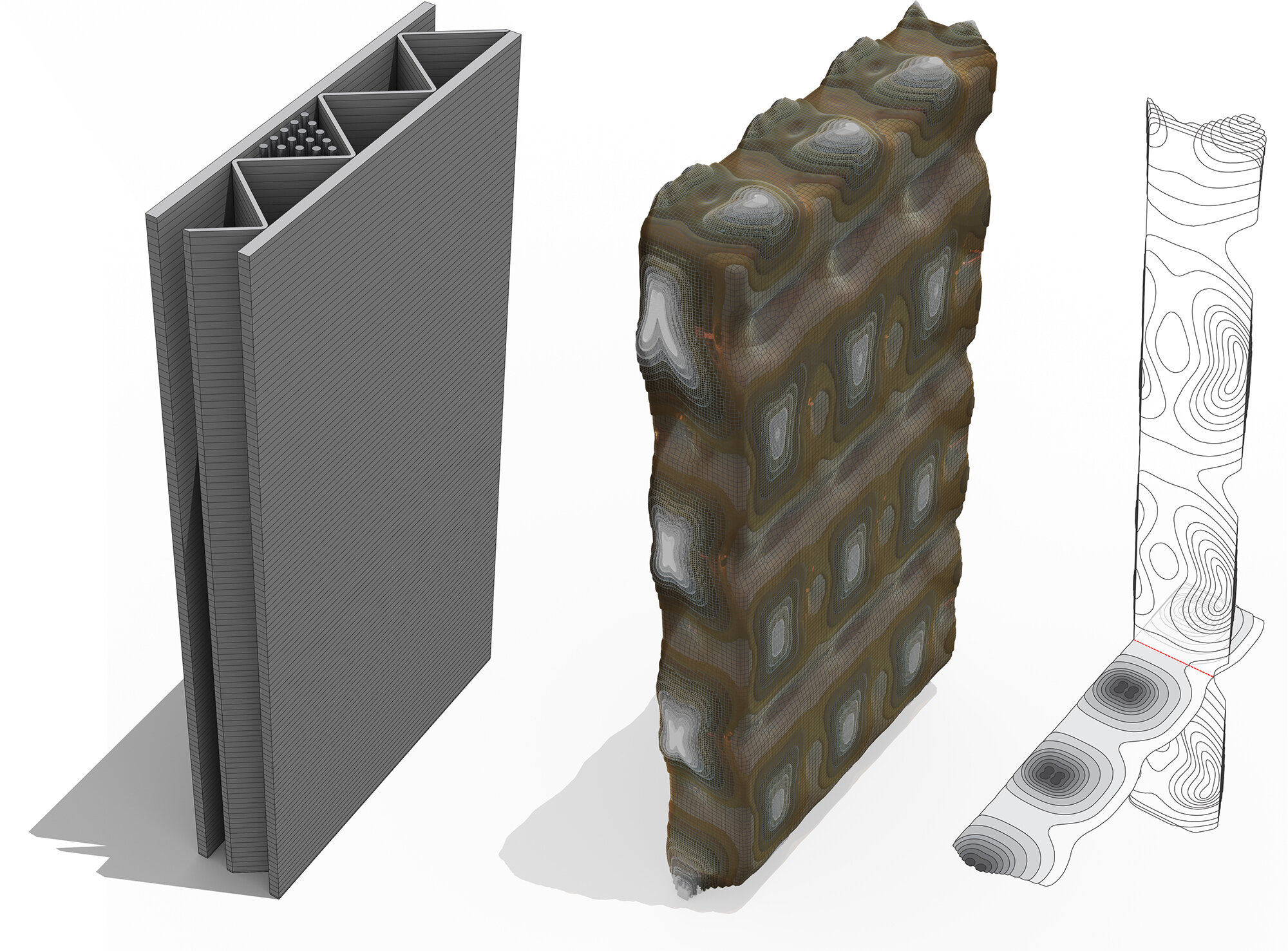
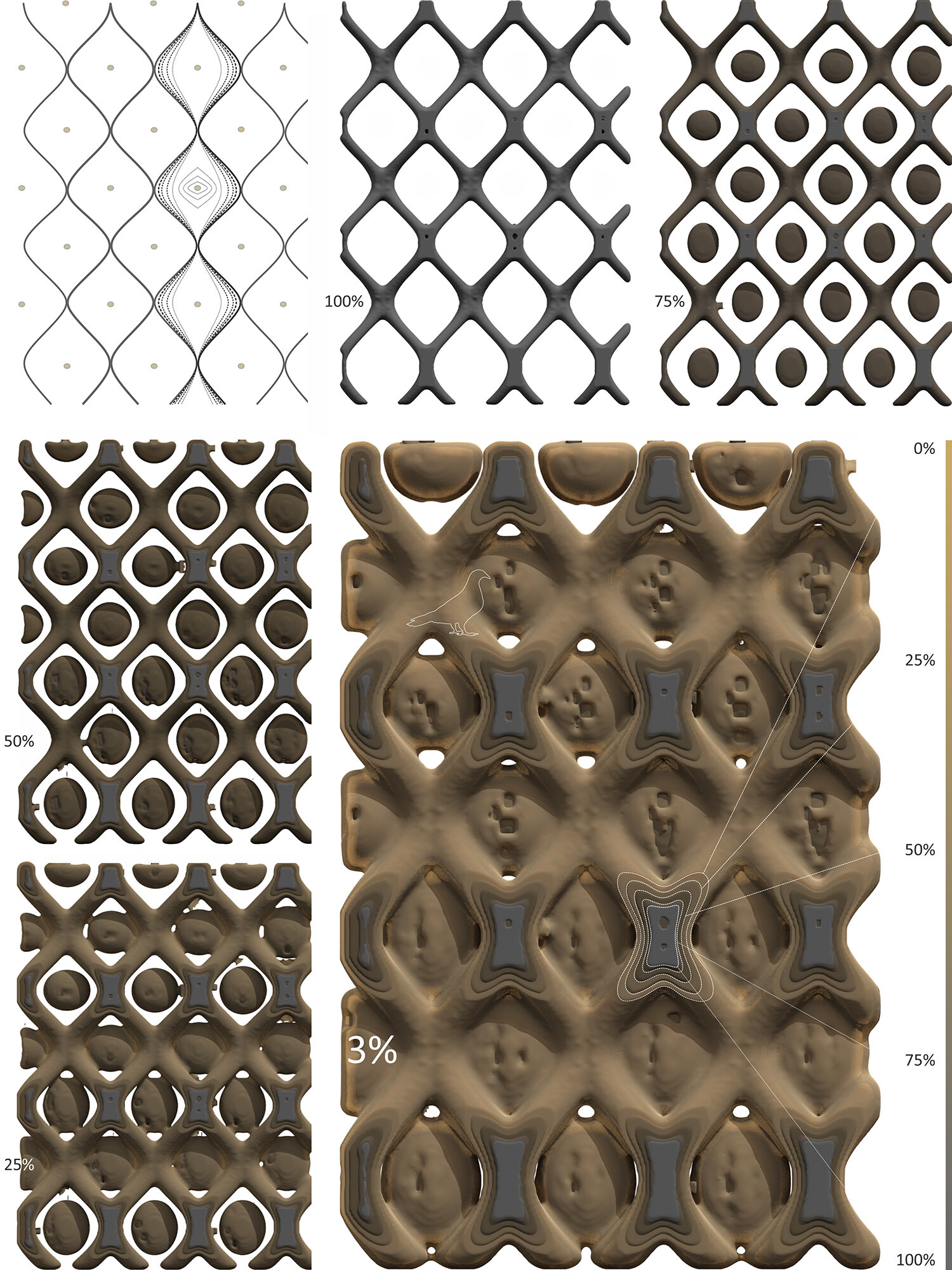

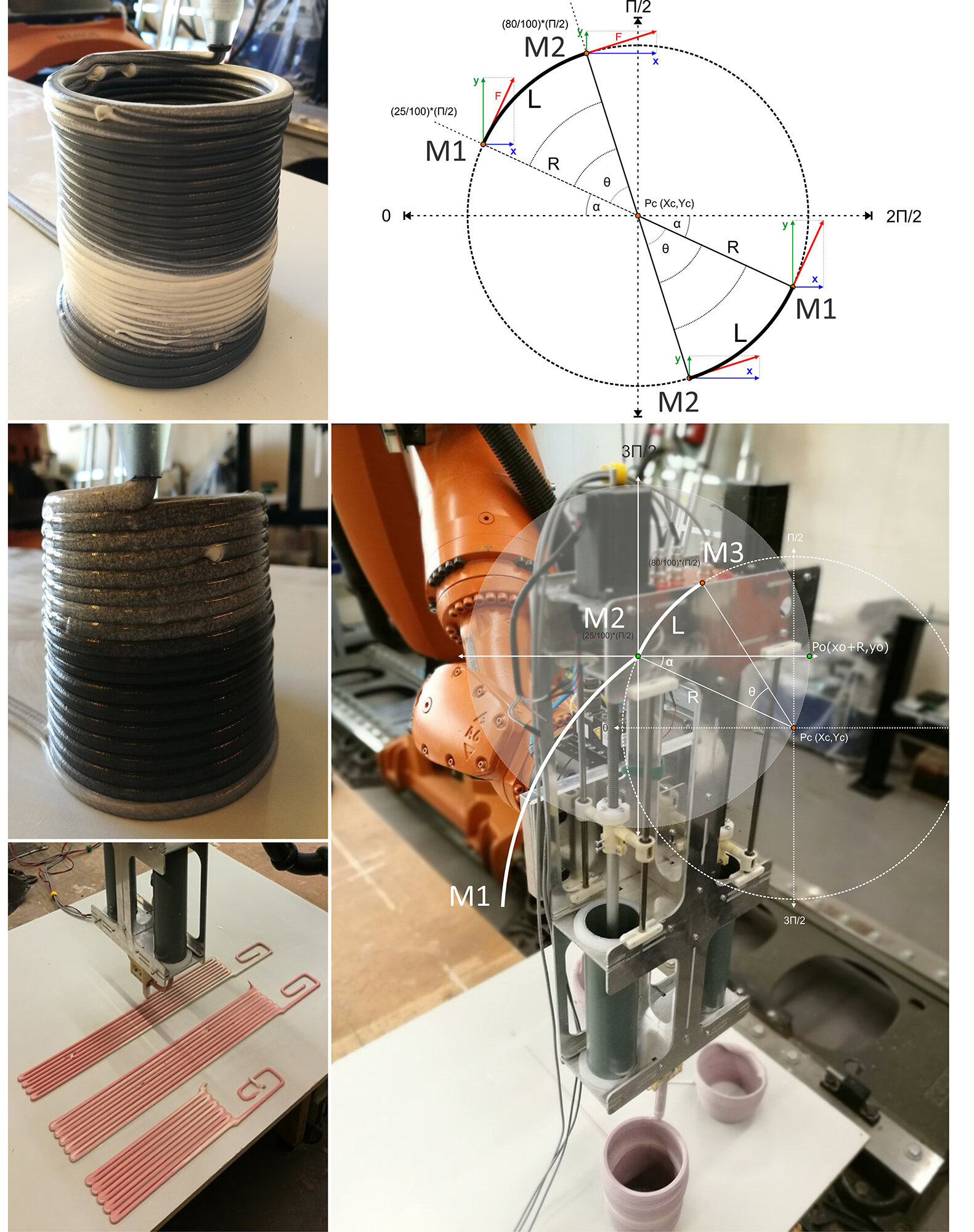

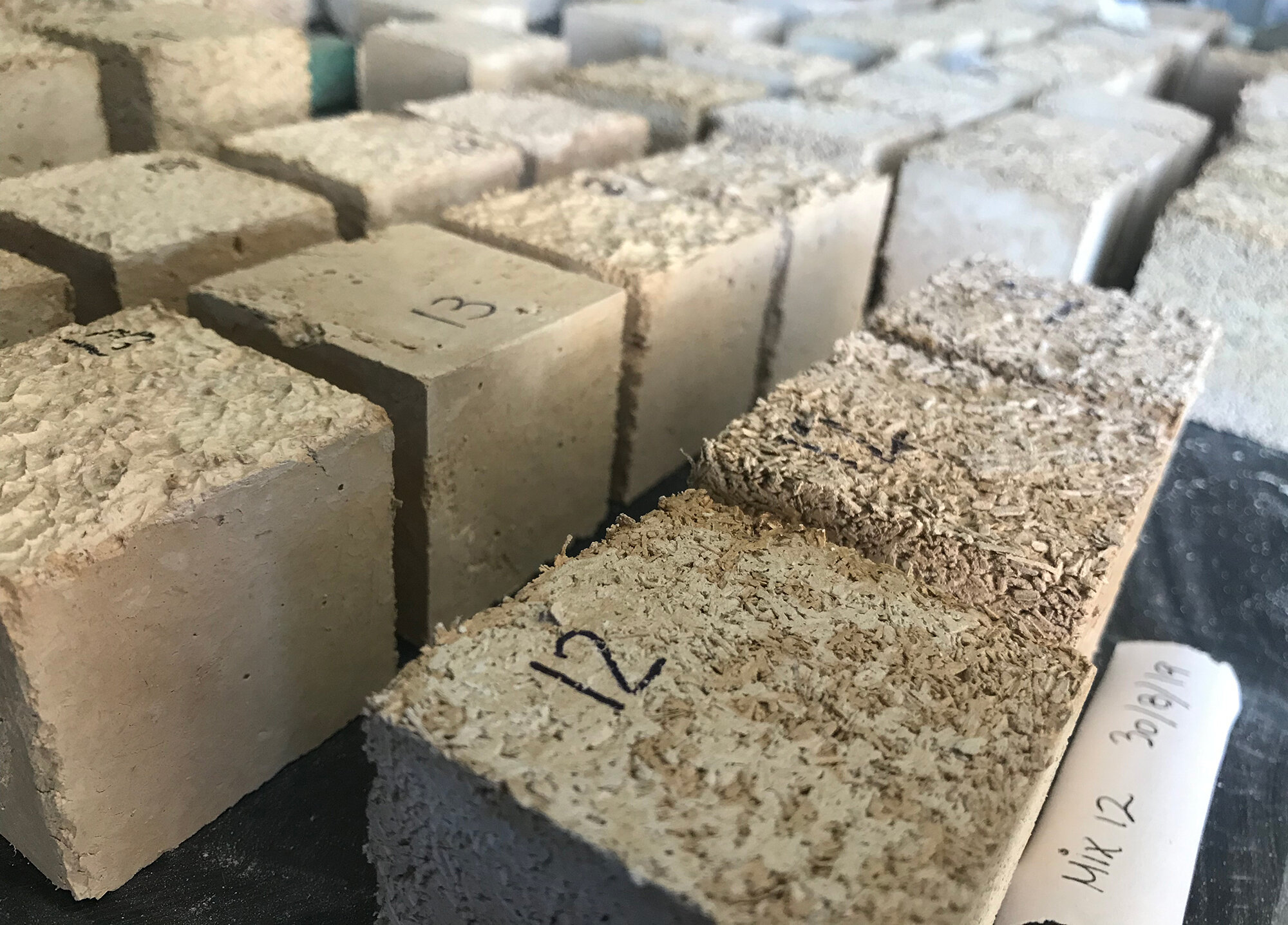
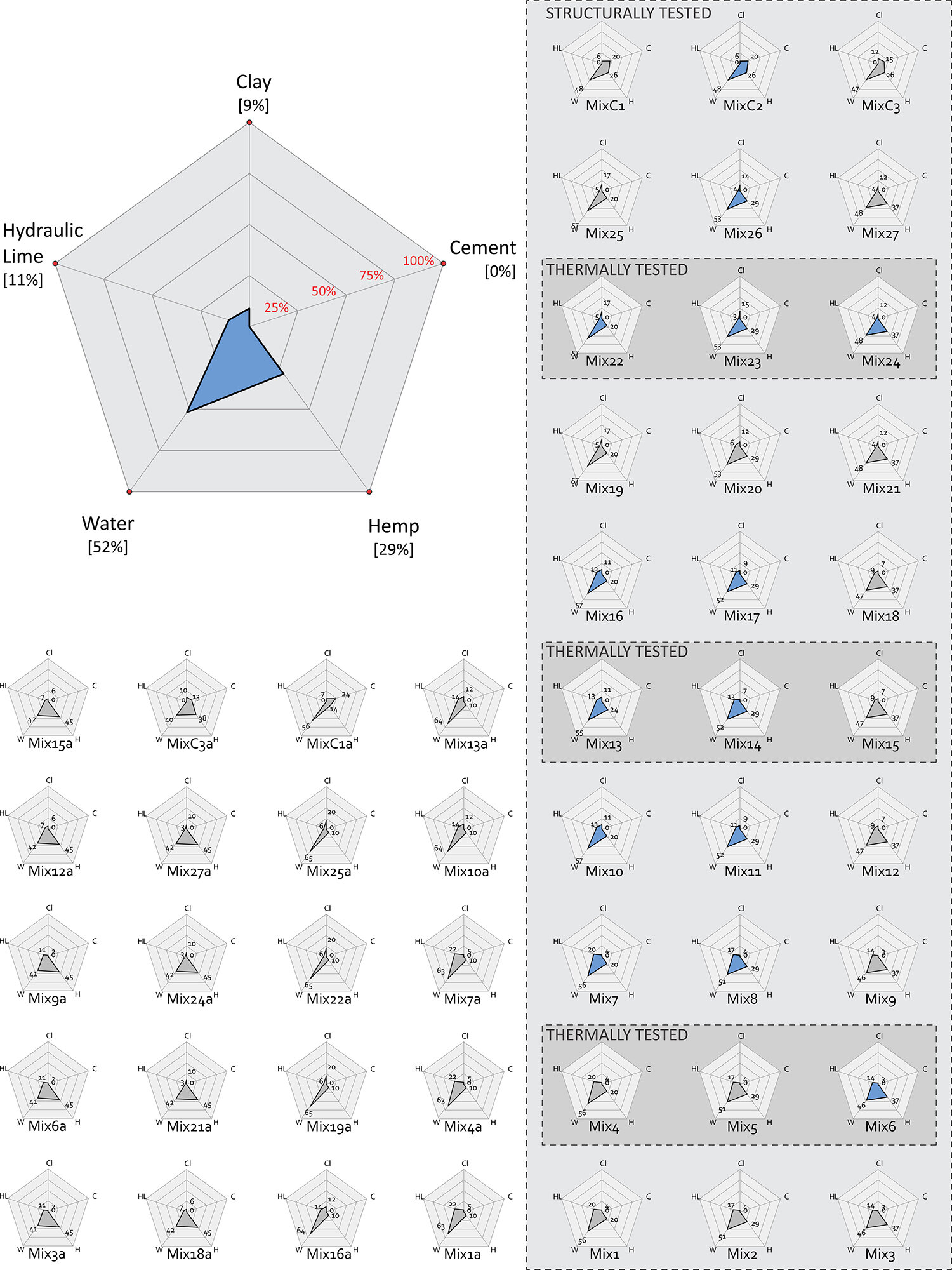
Construction using large scale Additive Manufacturing (AM) has gained traction in recent years, promising benefits such as: reduction in waste, building time, and elimination of formwork; customization and fabrication of complex geometries at no extra cost; and the reduction of human labor and on-site hazards. While most implementations of AM use cement as a primary material, researchers at CASE, take a radical approach by developing a Functionally Graded Material (FGM) 3d Printing technology using variable composites of lime, clay, and hemp bast fiber as its predominant material. Unlike traditional, singular material deploying AM technologies, FGMs are a type of composite that use different materials according to where they are needed, with gradient transitioning between the materials to achieve non-discrete interphases. With FGMs we achieve better strength-to-weight ratios than regular ceramics, and at the same time we allow, through the 3d printing process, for an expression of the functional requirements of material change through form. In this project, CASE is developing innovation in the use of earth abundant ceramic and natural fiber composite materials, the printing technology itself as well as in the design and evaluation processes involved.
Publications:
Pinochet, D., Tsamis, A., (2021) Path Optimization for Multi-Material 3D Printing Using Self-Organizing Maps. In: Gerber, D., Nahmad A., Pantazis E., Bogosian, B., Miltiadis, C. Communications in Computer and Information Science, Vol 32 Springer
Tsamis, A., Toledano, A., Alnagaar, M. (2020). Towards Functionally Graded Bio-ceramic Composites in Additive Manufacturing, in ACSA108 Annual Meeting.
Tsamis, A. (2016). The Mathematics of Material. In Mixed Matters A Multi-Material Design Compendium. Kostas Grigoriadis (ed). JOVIS.
Tsamis, A., Kallipoliti, L., Alfaris, A. (2004), Window_Wall. Journal of Architectural Education (JAE), Vol.58, No.1. Routledge.
Project Date: 2016 - Ongoing
Researchers: Alexandros Tsamis, Mohammed Alnagaar, Josh Draper, Ana Toledano, Jordan Solomonic

